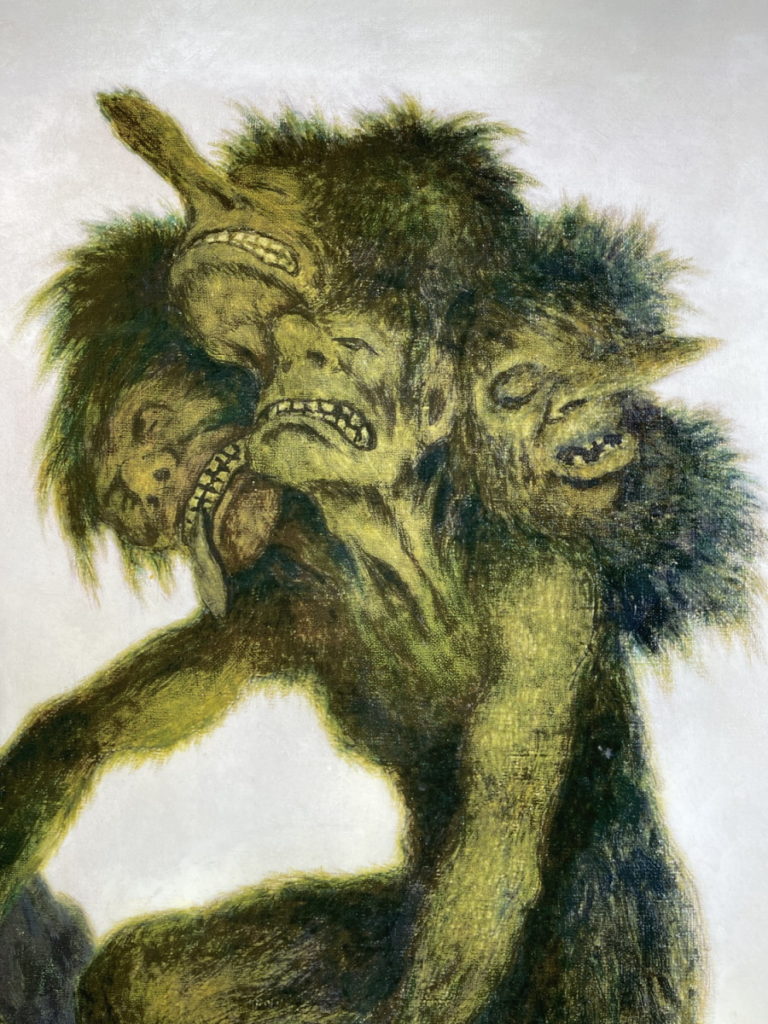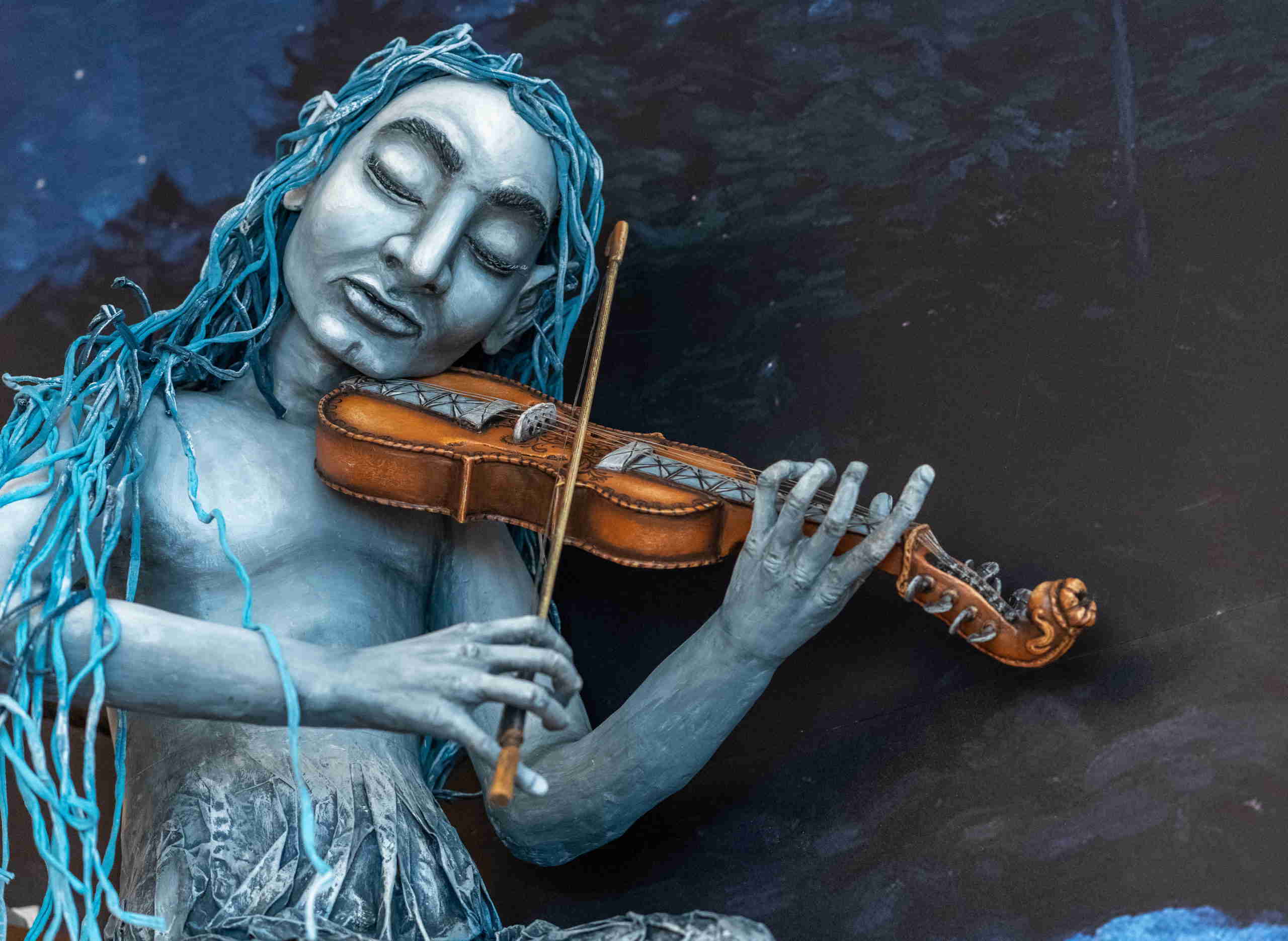People develop different belief systems as an attempt to explain everything that happens around them. In old Norse mythology, for example, it was believed that thunder came from the god Thor riding his chariot across the sky, that great warriors would dwell in Valhalla and Folkvang, feasting with the Gods after their death and that the fate of the world was determined by the three Norns – goddesses of destiny and personifications of the past, the present, and the future.
Trolls are no less important than the heroes of numerous Norse legends and folktales. These huge creatures can be found in deep forests or high up in the mountain peaks. Seen from afar, they look like giant boulders overgrown with moss and heather and sometimes even whole trees. A troll can have one, three, five, six, seven, nine, or even more heads.

Such myths and legends are incredibly interesting, but they can also be very confusing sometimes as different sources present conflicting information. While we cannot retell every detail or version of a tale that has survived to this day, we have worked hard to curate engaging, trustworthy and precise recreations of the stories we present.
An example of these stories include the myths surrounding Yggdrasil, the sacred world tree in Norse mythology; you will become acquainted with this representation of the universe according to Vikings through a beautiful model that marks the first stop in our exhibit. Or you may be more interested in the waterfall spirit, the Fossegrim, an incredibly mysterious character who plays the Norwegian Hardanger fiddle whom you can meet at the end of our exhibit.


